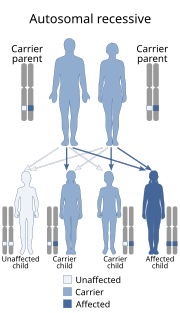Kallikrein-14 is a protein that in humans is encoded by the KLK14 gene. Kallikreins are a subgroup of serine proteases having diverse physiological functions...
10 KB (1,185 words) - 15:13, 29 September 2022
blood pressure via the activation of bradykinin. KLK2, KLK3, KLK4, KLK5 and KLK14 are expressed in the prostate and are thought to be responsible for regulating...
11 KB (1,148 words) - 00:38, 1 April 2024
suggested to regulate cell shedding (desquamation) in conjunction with KLK7 and KLK14, given its ability to degrade proteins which form the extracellular component...
9 KB (1,115 words) - 21:12, 27 March 2024
HGNC:6359 Q9UBX7 8295 KLK12 HGNC:6360 Q9UKR0 8296 KLK13 HGNC:6361 Q9UKR3 8297 KLK14 HGNC:6362 Q9P0G3 8298 KLK15 HGNC:20453 Q9H2R5 8299 KLKB1 HGNC:6371 P03952...
277 KB (17 words) - 15:46, 9 May 2024
proteases involved in maintaining skin homeostasis, including KLK5, KLK7 and KLK14. SPINK6 is a member of a gene family cluster located on chromosome 5q33...
1 KB (149 words) - 09:54, 17 October 2022
regulation of desquamation via its ability to selectively inhibit KLK5, KLK7 and KLK14. Recombinant full length LEKTI inhibits the exogenous serine proteases trypsin...
10 KB (1,230 words) - 16:10, 5 March 2024
the skin. Potential endogenous targets of LEKTI include KLK5, KLK7 and KLK14. These enzymes are involved in various aspects of epidermal remodelling...
9 KB (959 words) - 00:35, 15 August 2023
where desquamation is delayed and the epidermis is thick. Both KLK5 and KLK14, other skin-expressed proteases, also cleave corneodesmosomal proteins....
22 KB (2,026 words) - 21:11, 27 March 2024
and KLK7, improved KLK5 inhibition potency, and specificity for KLK5 and KLK14. The first variant (K5R_I10H) was made by replacing residue 5 of SFTI-I10H...
6 KB (884 words) - 15:59, 11 May 2022





